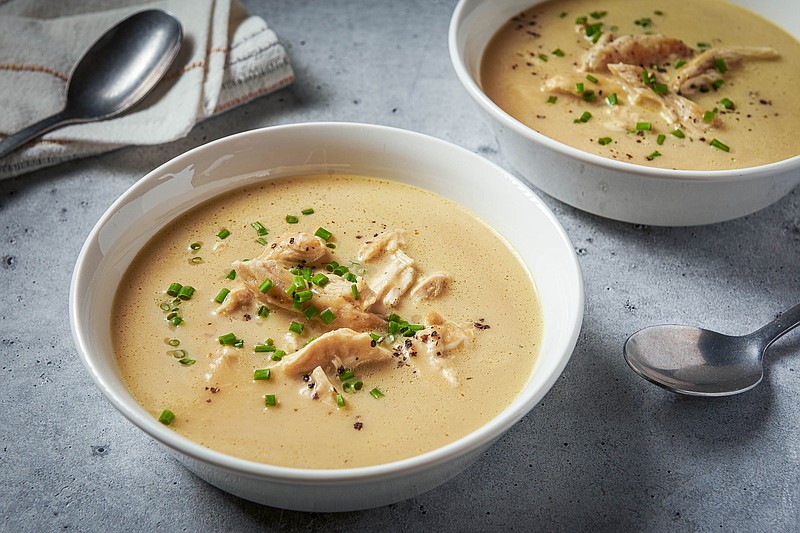Every week, Aaron Hutcherson and Becky Krystal answer questions and provide practical cooking advice in a chat with readers at live.washingtonpost.com. Aaron and Becky write and test recipes for Voraciously, The Post's team dedicated to helping you cook with confidence. Here are edited excerpts from that chat.
Q: I've never frozen soup but would like to. Any advice or guidelines? Does it make a difference whether it's a brothy soup with chunks of vegetables and/or sauteed meat vs. a creamy-textured soup?
A: Soup is one of those things that freezes very well across the board. I suppose with some vegetables you may find they break down or come out softer after thawing, but I don't consider that a dealbreaker. Here's some advice:
- Try to store it in shallow containers, which will make freezing and thawing more efficient.
- Individual portions are great.
- If you're able to think ahead, pop the container in the fridge hours before you want to eat the soup - the night before or the morning of - to allow for thawing. Otherwise, consider a two-pronged strategy, using the microwave to loosen the food from the container (try a reduced heat level or use the defrost function) before transferring to a pot to finish heating all the way through. You can also run your container briefly under tap water just enough to loosen the frozen soup from the sides before heating on the stovetop.
The government recommends bringing soups back to a rolling boil to ensure safety. For best quality, use frozen soups and stews within three months.
- Becky Krystal
Q: My son has a peanut and tree nut allergy. If I were going to make a savory recipe that calls for peanut butter, what would the best substitute be? I'm thinking soy nut butter would work, but I'd love any other suggestions.
A: I would probably use a seed butter, such as sunflower seed or tahini.
- Aaron Hutcherson
Q: I usually reduce the sugar in most baking recipes. But I've read that changing ingredient amounts when baking can mess with the chemical reactions and produce a disaster. Is there a rule of thumb on how much sugar can be cut and result in a good product?
A: It's hard to make a general rule since it varies by recipe and type of baked good, but 25 percent is typically a safe starting point.
- B.K.
Q: A couple of days ago, I fixed a white-bean dish to serve the next day. They were great Northern beans that I had soaked, drained and cooked in an Instant Pot with aromatics. When I reheated it the next day, they turned into a very tasty bean porridge. Should I have slightly undercooked them initially so they would remain whole when reheated, or is it just not going to work to cook such small beans in advance?
A: If they were soaked and then cooked for the recommended Instant Pot time, they could definitely have gone too far. I like to soak chickpeas before they go in the IP, but I don't bother with any other type.
- B.K.
Q: I have a great recipe for coconut salmon. It calls for dredging the salmon in coconut and panko. So far so good. The recipe calls for browning the salmon, flipping it and then baking it. Trouble is, the coconut/panko mixture doesn't really stick to the salmon when I flip it. I make sure the salmon is room temperature, but a lot of it still falls off. Any suggestions?
A: Fish benefits from something to help the breading adhere to it. Two options are an egg wash, which you can find in our recipe for Caper and Lemon Fish Schnitzel (pictured at left), or mustard, such as in Pecan-Crusted Trout. Find both recipes in our Recipe Finder at washingtonpost.com/recipes.
- A.H.

